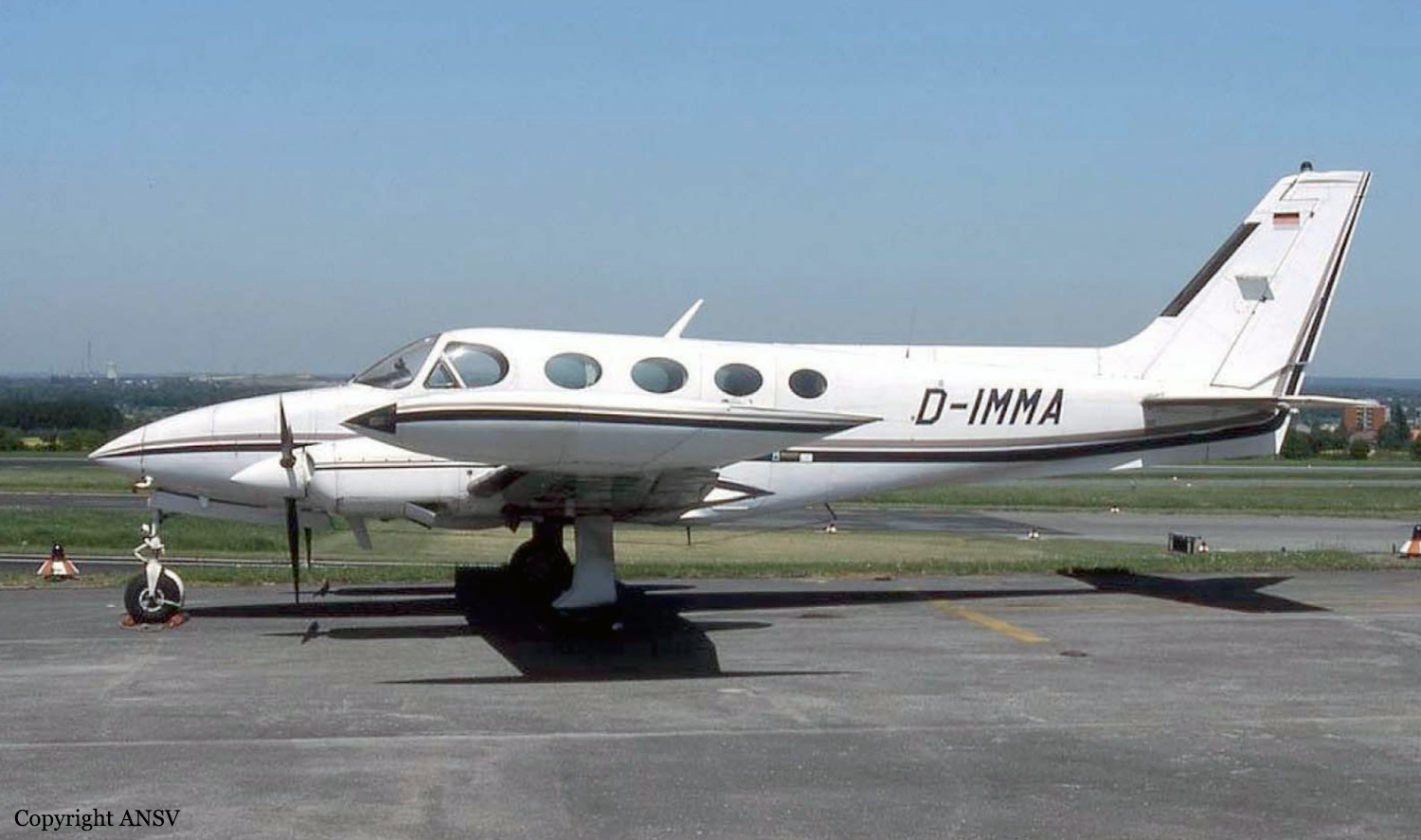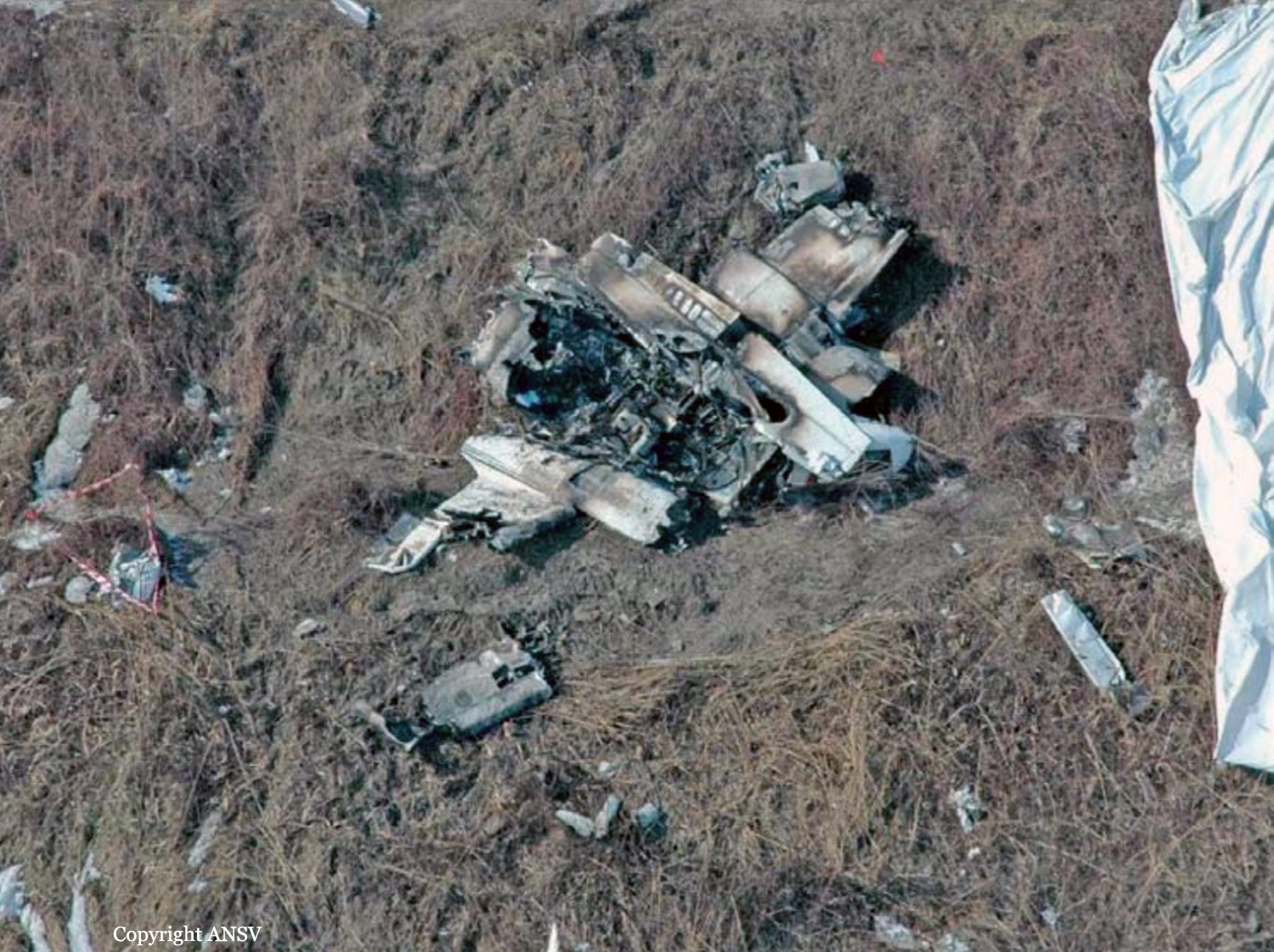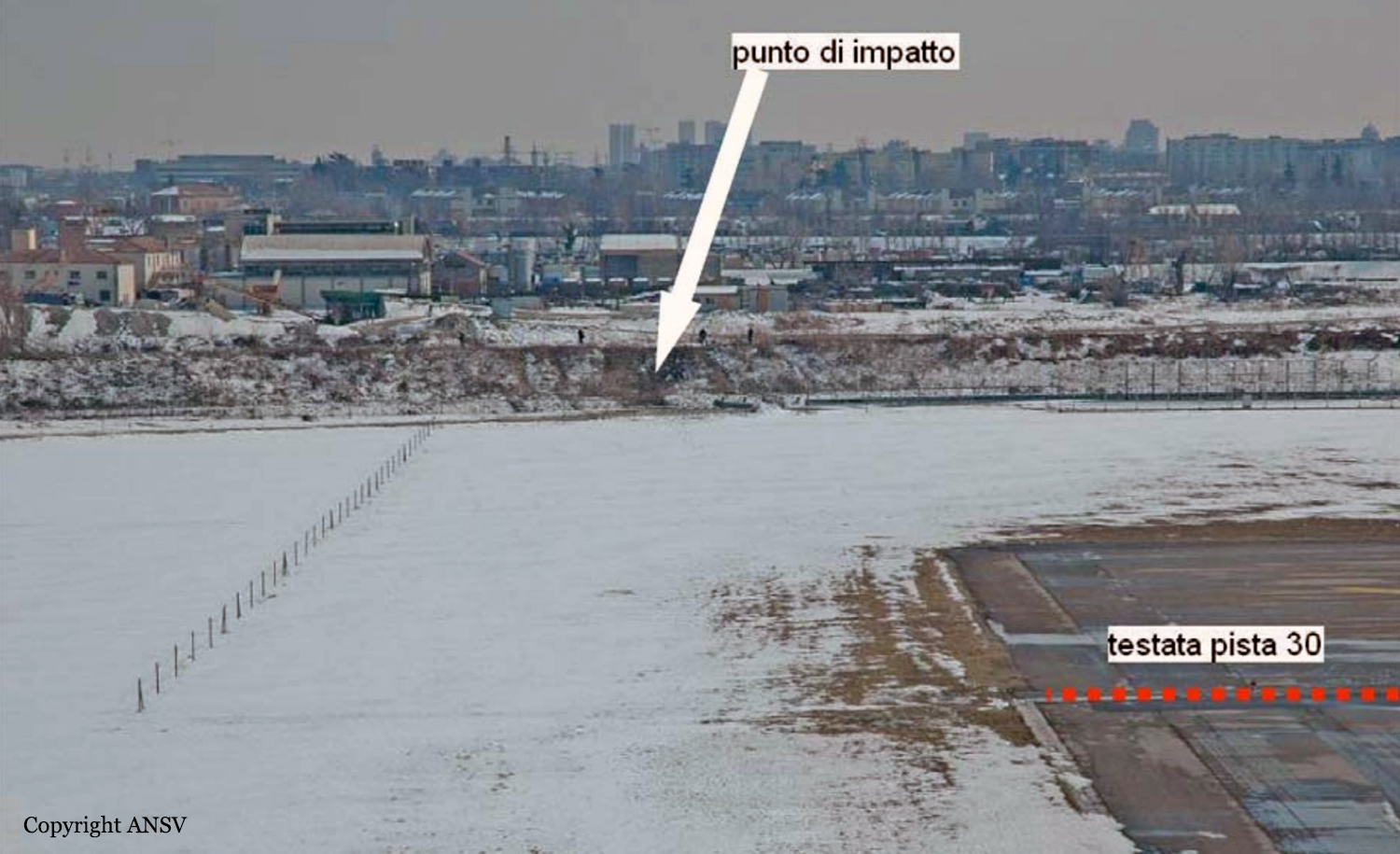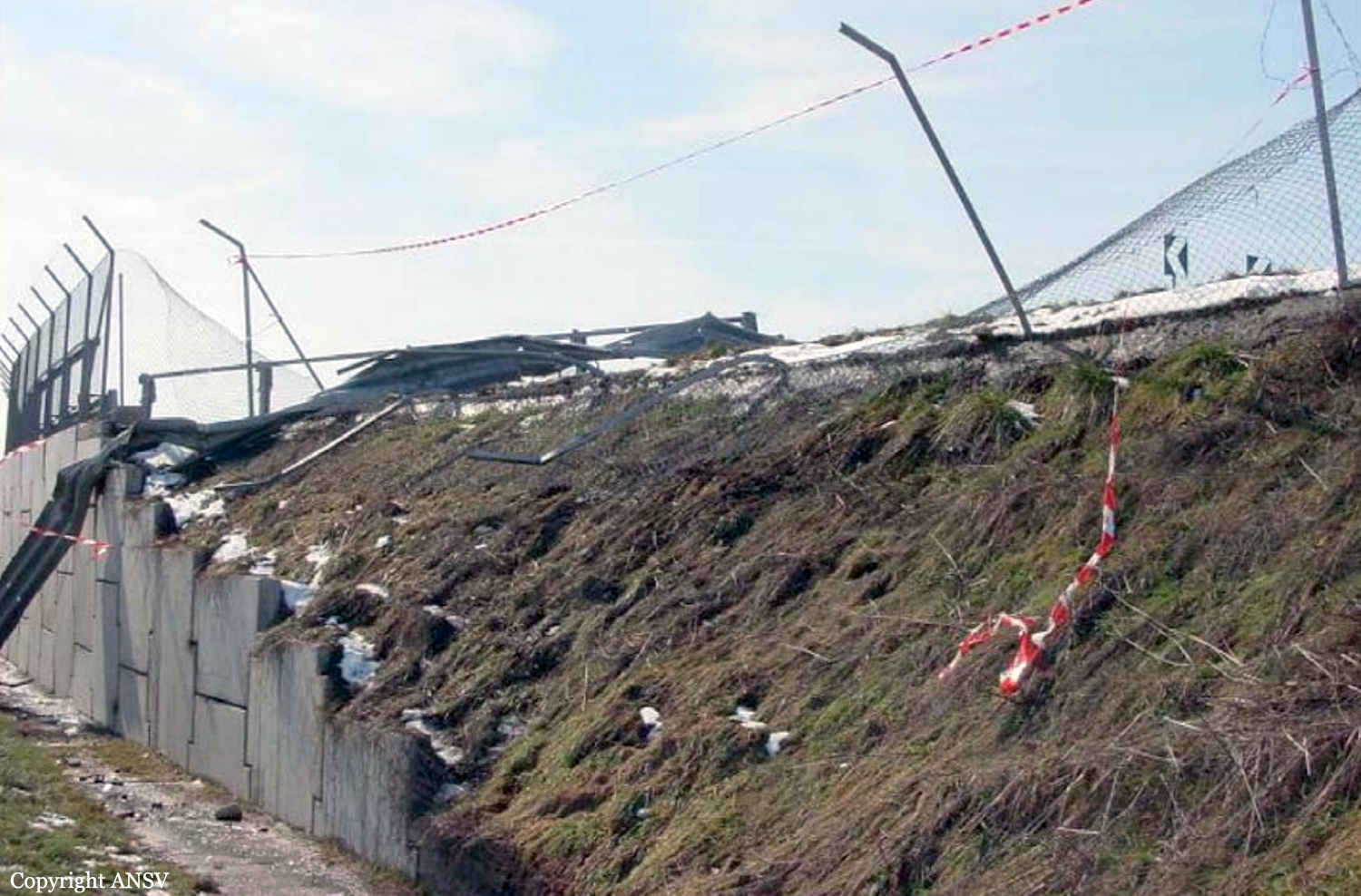Region
Crash of a SCAN-30 Super Widgeon off Manerba di Garda
Date & Time:
Mar 29, 2005 at 1441 LT
Registration:
OE-FWS
Survivors:
Yes
Schedule:
Salzburg - Lake Garda
MSN:
30
YOM:
1949
Crew on board:
1
Crew fatalities:
Pax on board:
1
Pax fatalities:
Other fatalities:
Total fatalities:
0
Captain / Total hours on type:
130.00
Aircraft flight hours:
3875
Circumstances:
The twin engine aircraft departed Salzburg Airport at 1242LT on a private flight to the Lake Garda (Lago di Garda). Upon landing off Manerba di Garda, the aircraft went out of control, plunged and sank. Both occupants evacuated safely while the aircraft sank by a depth of about 120 metres.
Probable cause:
It is believed that the loss of control upon landing was the consequence of the combination of a poor management of the factor P on part of the pilot-in-command, and microbursts. However, a technical problem was not ruled out.
Final Report:
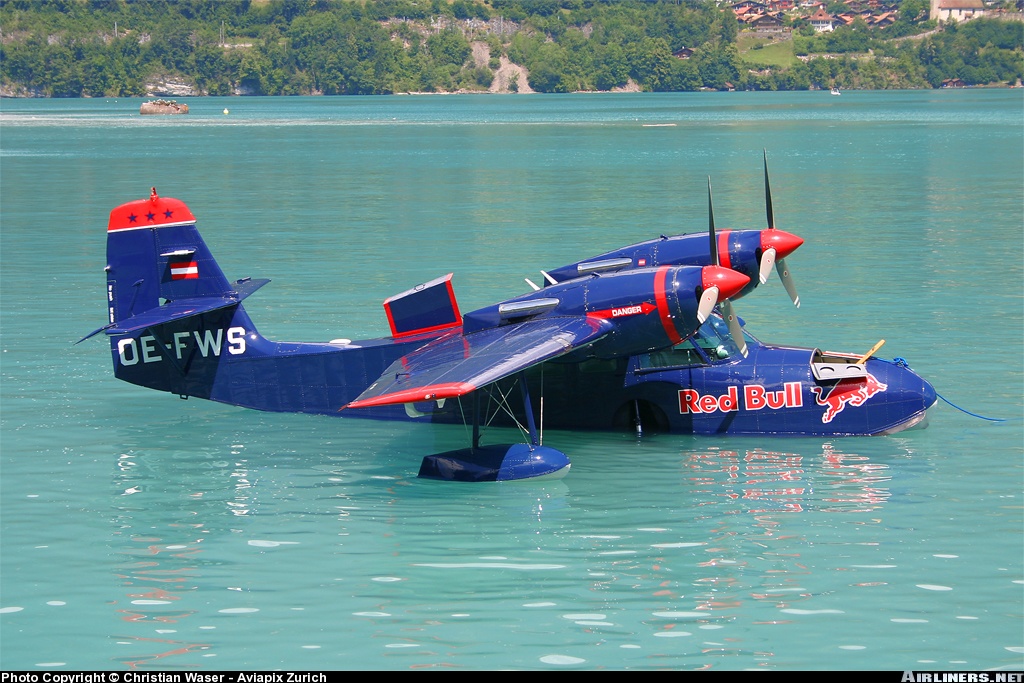


Crash of a Canadair CL-415 in Forte dei Marmi: 2 killed
Date & Time:
Mar 18, 2005 at 1805 LT
Registration:
I-DPCK
Survivors:
No
Schedule:
Rome - Rome
MSN:
2051
YOM:
2001
Flight number:
Tanker 22
Crew on board:
2
Crew fatalities:
Pax on board:
0
Pax fatalities:
Other fatalities:
Total fatalities:
2
Captain / Total hours on type:
1500.00
Copilot / Total hours on type:
1232
Aircraft flight hours:
1733
Circumstances:
The crew departed Rome-Ciampino Airport in the afternoon on a fire fighting mission in Forte dei Marmi, north of Pisa. Following two successful missions, the crew was attacking the fire in hilly terrain and low altitude when the aircraft collided with power cables. A fire erupted on the right side of the aircraft and the crew lost control of the airplane that crashed in a residential area. Both pilots were killed while there were no injuries on the ground.
Probable cause:
The accident was the consequence of an in-flight collision with a power line because the crew adopted a wrong approach configuration to the fire area. The following contributing factors were identified:
- Poor decision making in attacking the fire, causing the crew to focus their attention on obstacles (pylons) of power line n°500, without considering the presence of the cable guard line n°550,
- The reduced visibility of obstacles resulting from the smoke of the forest,
- The inadequate reporting of electricity pylons and associated overhead lines,
- Non-activation of the required radio links, so the crew could not receive reports on the presence of obstacles,
- Short and discontinuous experience of the captain in that role, coming from the institution of the "PIC Frozen",
- The combination of to similar qualified pilots ("PIC Frozen") in the cockpit for the operation of a flight, one just rehabilitated to a high command function, the other still employed in the role of co-pilot: This condition could have a negative impact in terms of crew integration, obscuring decision making,
- The existence of criticality in corporate manuals used at the date of the accident,
- Reduced operational capacity of the crew in the last phase of flight, resulting from the strong heat of the fire under the left wing which penetrated the airplane through an opening created by the separation of a porthole.
- Poor decision making in attacking the fire, causing the crew to focus their attention on obstacles (pylons) of power line n°500, without considering the presence of the cable guard line n°550,
- The reduced visibility of obstacles resulting from the smoke of the forest,
- The inadequate reporting of electricity pylons and associated overhead lines,
- Non-activation of the required radio links, so the crew could not receive reports on the presence of obstacles,
- Short and discontinuous experience of the captain in that role, coming from the institution of the "PIC Frozen",
- The combination of to similar qualified pilots ("PIC Frozen") in the cockpit for the operation of a flight, one just rehabilitated to a high command function, the other still employed in the role of co-pilot: This condition could have a negative impact in terms of crew integration, obscuring decision making,
- The existence of criticality in corporate manuals used at the date of the accident,
- Reduced operational capacity of the crew in the last phase of flight, resulting from the strong heat of the fire under the left wing which penetrated the airplane through an opening created by the separation of a porthole.
Final Report:
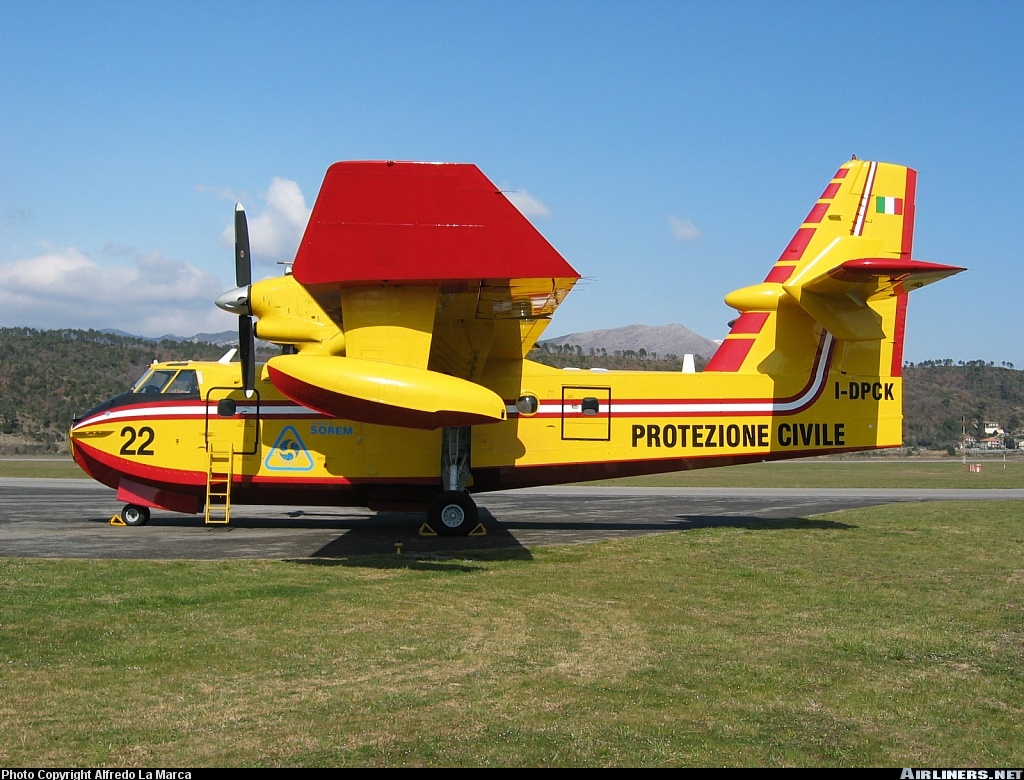
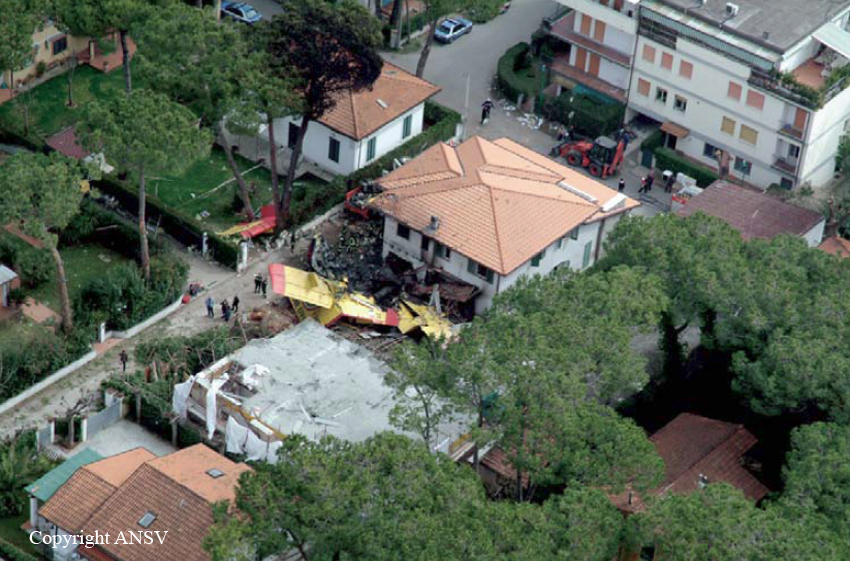
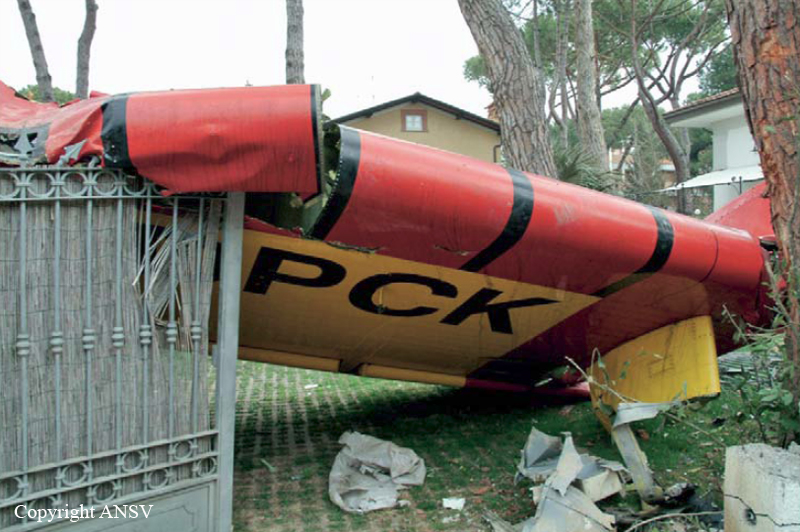

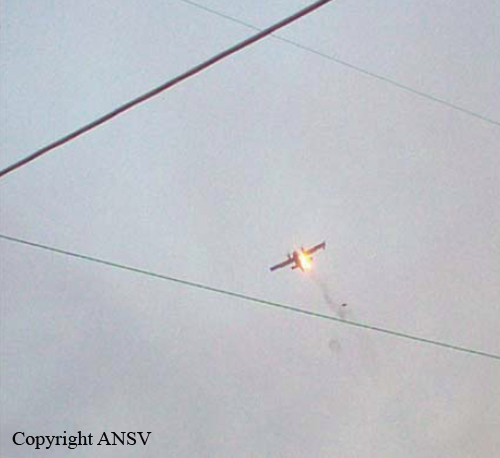
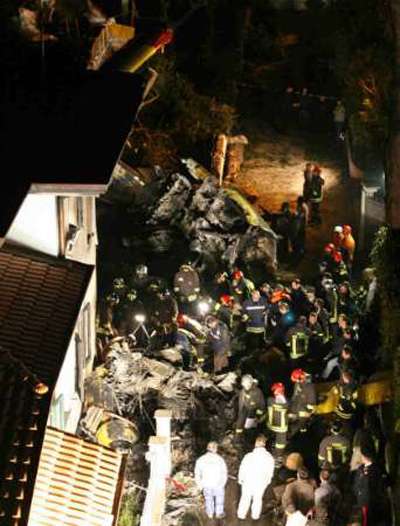
Crash of a Cessna 340A in Bologna: 5 killed
Date & Time:
Mar 3, 2005 at 1726 LT
Registration:
D-IMMA
Survivors:
No
Schedule:
Bologna - Forli
MSN:
340A-1205
YOM:
1981
Crew on board:
2
Crew fatalities:
Pax on board:
3
Pax fatalities:
Other fatalities:
Total fatalities:
5
Captain / Total hours on type:
200.00
Aircraft flight hours:
3041
Circumstances:
The twin engine aircraft departed runway 12 at a speed of 112 knots following a longer than normal takeoff course. After rotation, it encountered difficulties to gain sufficient height when it successively collided with the airport perimeter fence and an embankment located about 150 metres from the runway 30 threshold. The aircraft crashed and was totally destroyed by a post crash fire. All five occupants were killed.
Probable cause:
It was determined that the crew failed to proceed to a proper inspection prior to departure and did not realize that the aircraft (wings, tail and fuselage) was contaminated with frost. This caused the aircraft to be unable to gain sufficient height after rotation as the aerodynamic properties were altered. The fact that the total weight of the aircraft was above the MTOW and the CofG was near the permissible limit was considered as a contributing factors.
Final Report:
